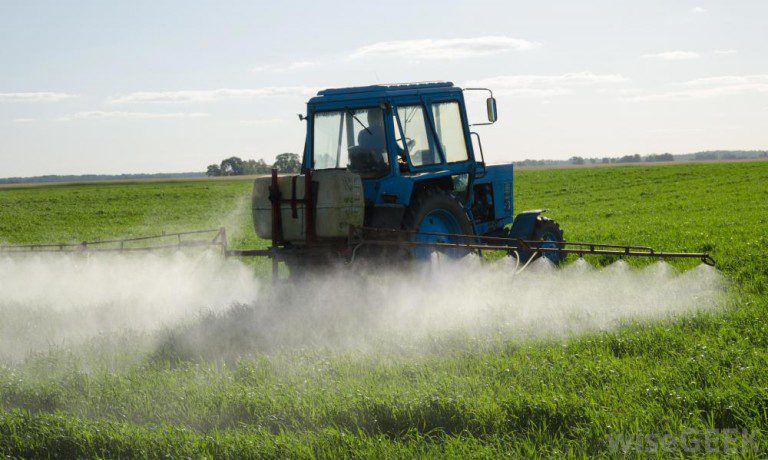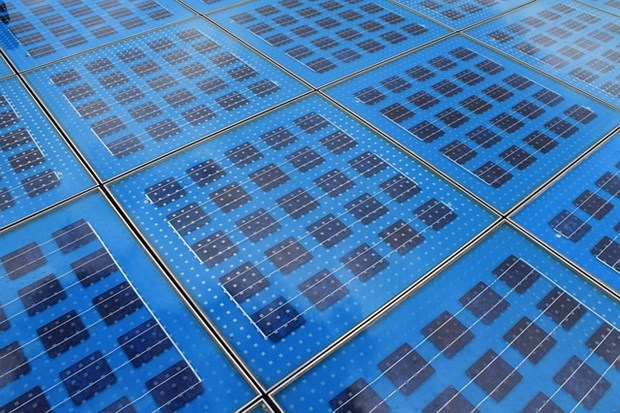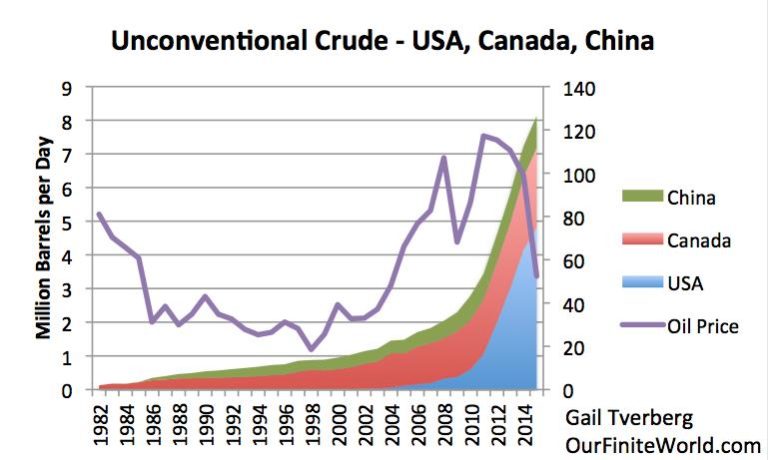By William Sosinsky, CEO Energime
People often ask me why my company Energime is so focused on developing a platform model based on the principles of Integrated Sustainable Design. Why does linking or “bundling” technologies makes more sense than addressing each challenge separately? The simple response is that it maximizes efficiency, increases production values, promotes technology integration, empowers adaptation potential, and creates superior profits. That being said, perhaps an explanation of the background, philosophy, and history of ISD is in order to frame this discussion.
We all look at the world from time to time and wonder what the future is going to be like for ourselves and our children. As leaders, planners, and investors, this is particularly important as we use this insight to identify the trends and opportunities that will anticipate these changes such that we might prepare or capitalize on them. As the 21st century unfolds it is becoming increasingly clear that humanity is on the verge of a paradigm shift of unprecedented proportions. Resource mismanagement and a changing global climate complicated by an ever expanding population have put enormous pressures on the basic systems we depend on for survival. These changes are going to affect every aspect of our basic existence in the very near future. But what will this future look like specifically and how will it play out? How will we respond to these challenges? What are the opportunities?
The answer of course depends on who, and more specifically where you are asking these questions. Every region has local environmental conditions, man-made infrastructure, and specific needs that offer a variety of resources while presenting challenges that ultimately determine the content of that response. If you break it down into its simplest components you have four basic regional environments. These regions can be generally categorized as warm and wet, warm and arid, cold and wet, and cold and arid. All are fundamentally different, yet human needs remain consistent across all those environments. Temperature is important as it relates to solar exposure, convection of air (wind energy), heat gain or loss, and other issues that either produce or require energy. The amount of precipitation or proximity to water affects availability for drinking, farming, and possibly hydro or tidal power. Man-made environments have different types of waste streams and are at varying levels of infrastructure development. In every case human beings ideally require adequate supplies of food and water, energy for living and economic production, and a system of waste management that negates the harmful effects of pollution. These are universal issues everywhere these days albeit to varying degrees. The principle of Integrated Sustainable Design attempts to provide solutions for these challenges by creating complete high efficiency, self-supporting systems. Within these designs the totality of the environment is examined to see how each of the four major issues (energy, food, water, waste) relate to each other, and how the production and waste from one process can be used to enhance another part of that system. This focus is basic to how nature balances itself out in the living environment, a concept philosophy pioneered by visionaries such as Professor Reinhold Ziegler who did some of the first “ecovillage” conceptual work. What Energime looks to do is to take what nature and humans have provided, and then use the best technologies to amplify production efficiencies. In essence, this is the only way to create a truly “sustainable” system.
The very word “sustainable” itself is now, and will be the most misused and bastardized word of the 21st century. Every supposed company “green” or otherwise that comes out with a product or technology will claim that it is “sustainable”. That isn’t to say that there are not excellent applications that are wonderful solutions for specific challenges. It just means that they are incomplete as an answer to how you reestablish a sustainable balance within that living system. The dictionary describes sustainability as the ability to endure. As humans, we relate to that term as being able to produce the food, water, and energy we need to survive and be productive. We also need to be able to manage our waste and pollutants so that they don’t poison or diminish that capacity, our health, or the health of our planet year after year. This was not an issue prior to the industrial revolution when populations were a fraction of where they are now and our demand on our resources equally benign. These days however, to approach these challenges without a coordinated strategy is at best inefficient and at worst a gamble that provides a false safety net. The result is that these efforts and solutions fail from same pressures that burden the rest of the system.
A simple example of this is our planned reliance on “sustainable” fish farms and controlled aquiculture to offset the collapse of our wild fish stocks. Farm raised fish rely on “garbage fish” such as mackerel, menhaden, and sardines for the bulk of the fish meal and fish oil in their diet. The problem is that we are harvesting those “garbage fish” stocks at three times the speed that we are diminishing our “food fish” species and using them for animal feed and fertilizer. Anyone else see a problem there? Additionally the main issue with our current resource downspin will not be energy as most people are currently focused, but food (I will save that discussion for a future article).
Another key aspect that is core to this discussion is that for any technology or system to be truly “sustainable”, it is essential that it has to be economically sustainable. There are hundreds of clever and inventive technologies out there that presently do not make economic sense. I myself have been fighting for most of my life to get folks to “do the right thing” and I can tell you the great majority will not change unless it makes for an immediate economic gain. In order for “sustainability” to take place it becomes imperative to develop economic integration models and platforms that allow technologies or combinations of applications to compete dollar for dollar with their non-sustainable options. At the point in time we can establish higher production values and profits sustainably then what is currently on the market, the market will naturally adjust to better value/lower pricing.
I have always felt that it was the responsibility of the entrepreneur or inventor to provide the value proposition in order for sustainability to take hold and not that of the consumer to have to purchase something that does not make financial sense. This is an issue where I have always broken from those who feel sustainability must be legislated or subsidized. I would only ask for a level playing field so those existing companies that are quickly diminishing our natural resources operate under that same covenants, and that their products and goods reflect the true costs involved with their production. Environmental damage and cleanup, standing armies on foreign soil, and countless other costs which the taxpayer must endure, I suppose have always been treated as a loss leader by the U.S. and other countries. We accepted this expense as a necessary evil due to our dependence on oil and our entrenched food production systems. Such policies however are now completely misguided as these models are in their early stages of collapse and our contributions to support these systems are just subsidizing obsolescence. This is a reality which is quickly being recognized and addressed by countries throughout the world as these issues reach critical stages for their populations. The United States unfortunately has still not made this crucial change to its national policy.
The answer to all of this ends up being ISD. By utilizing waste streams as feeder sources you eliminate garbage and pollutants and turn them into valuable assets. They can then be used as agricultural nutrients, recyclables, or in the production of bio-fuels or electricity. Using renewable energy for power (solar, wind, geo-thermal, hydro) and managing water supplies reduces or eliminates utility costs and the need for fossil fuels while managing and conserving finite resources. Balancing and massing production in densely concentrated space creates efficiencies of production, cost, volume, and the utilization of land and infrastructure. This design philosophy also serves as a pathway for new emerging technologies and applications as it sets up defined system requirements for how technologies must be assimilated. It ends up being the most easily adapted model as it solves problems on a community, regional, and country wide scale establishing a complete solution design for what is required for sustainable survival in that living system. Another key benefit is that much like a computer which can upload new software improving and expanding its performance, these systems are upgradeable as they easily assimilate system updates and emerging supportive technologies.
Finally, the reason this ultimately works is economics. By this I mean the economics of scale, efficiency, space, and profits. Our studies have shown enormous cash flow potential that conventional systems will have tremendous difficulties in competing against in the long run. Properly designed, using the appropriate technologies and specifically designed applications, this concept philosophy will be the core economic engine for the 21st century. These systems will serve as the key project models in establishing regional economic development while rebalancing local environments, creating countless jobs, fostering the development of new and progressive industries, and reducing our dependence and negative impact on the environment.
(Next Segment- Food, not Energy will be the core challenge for the 21st Century)






